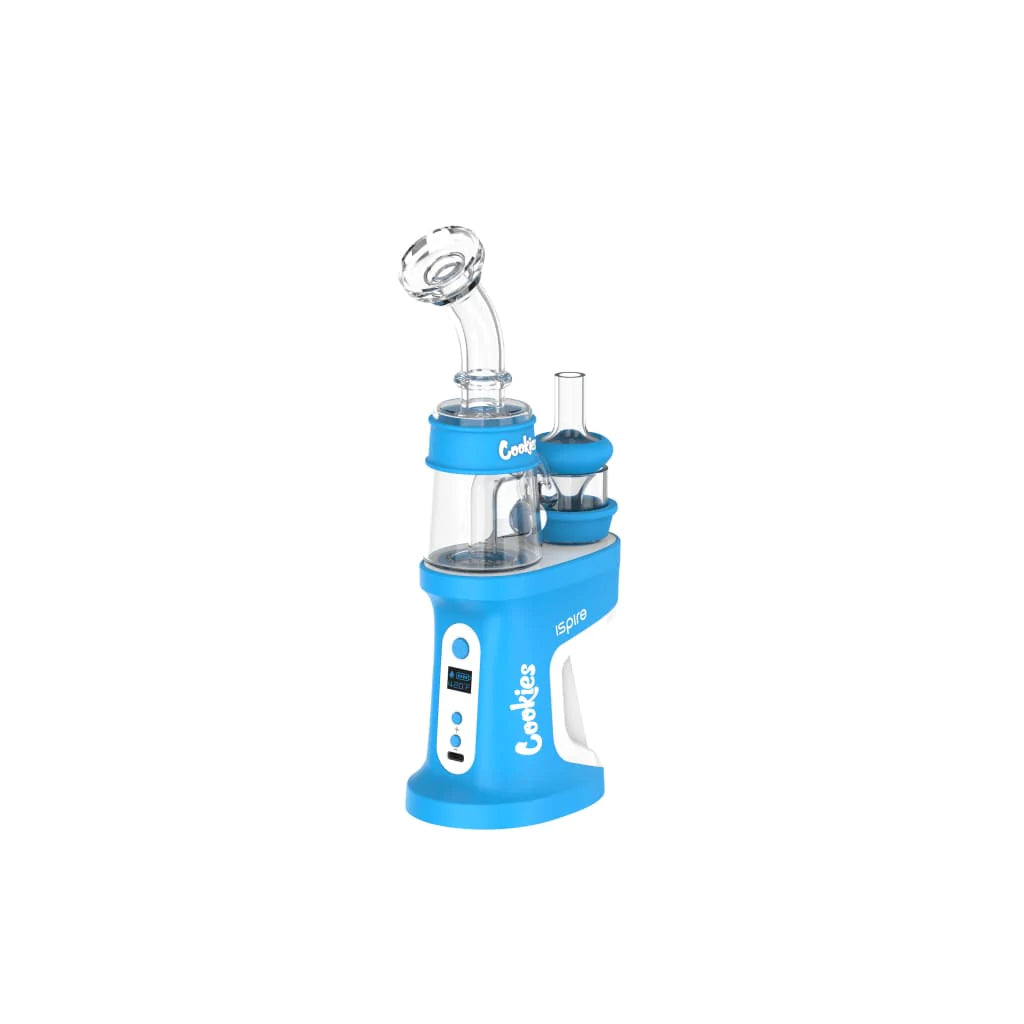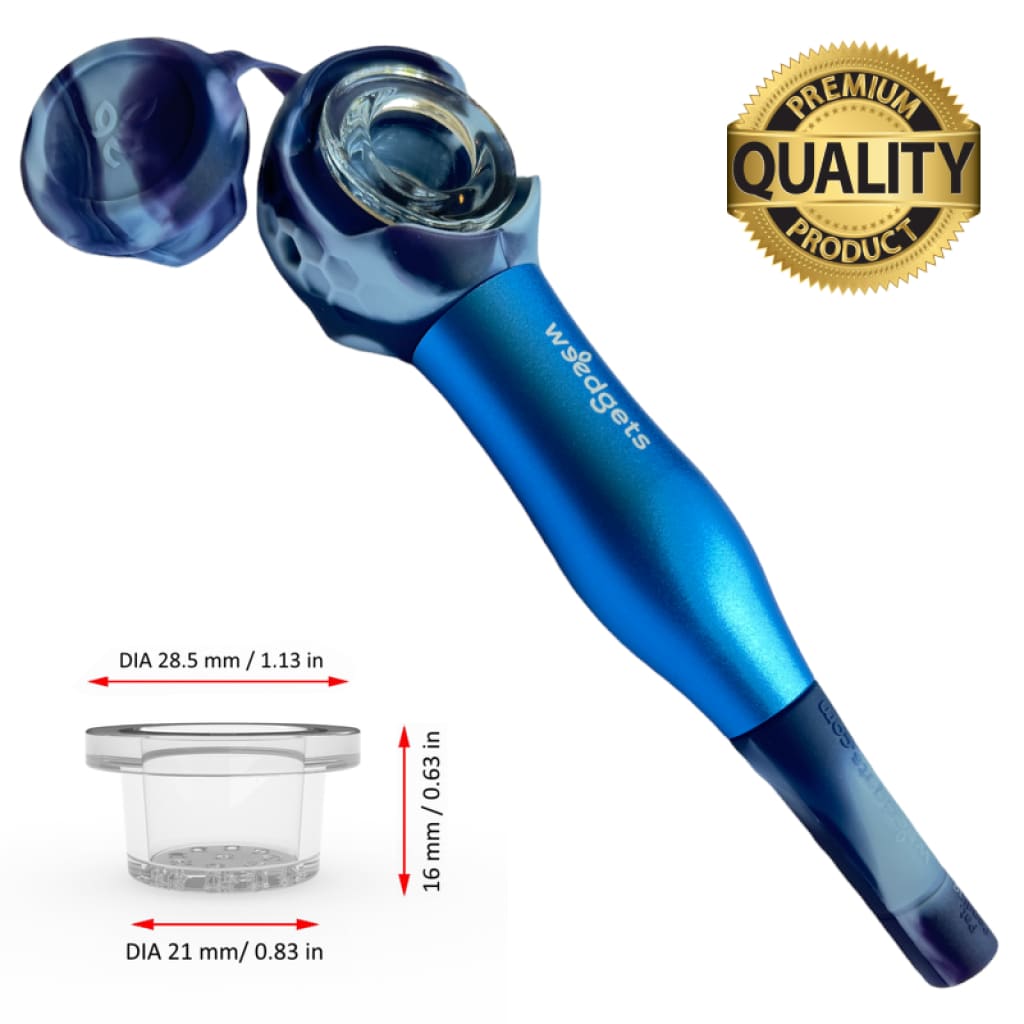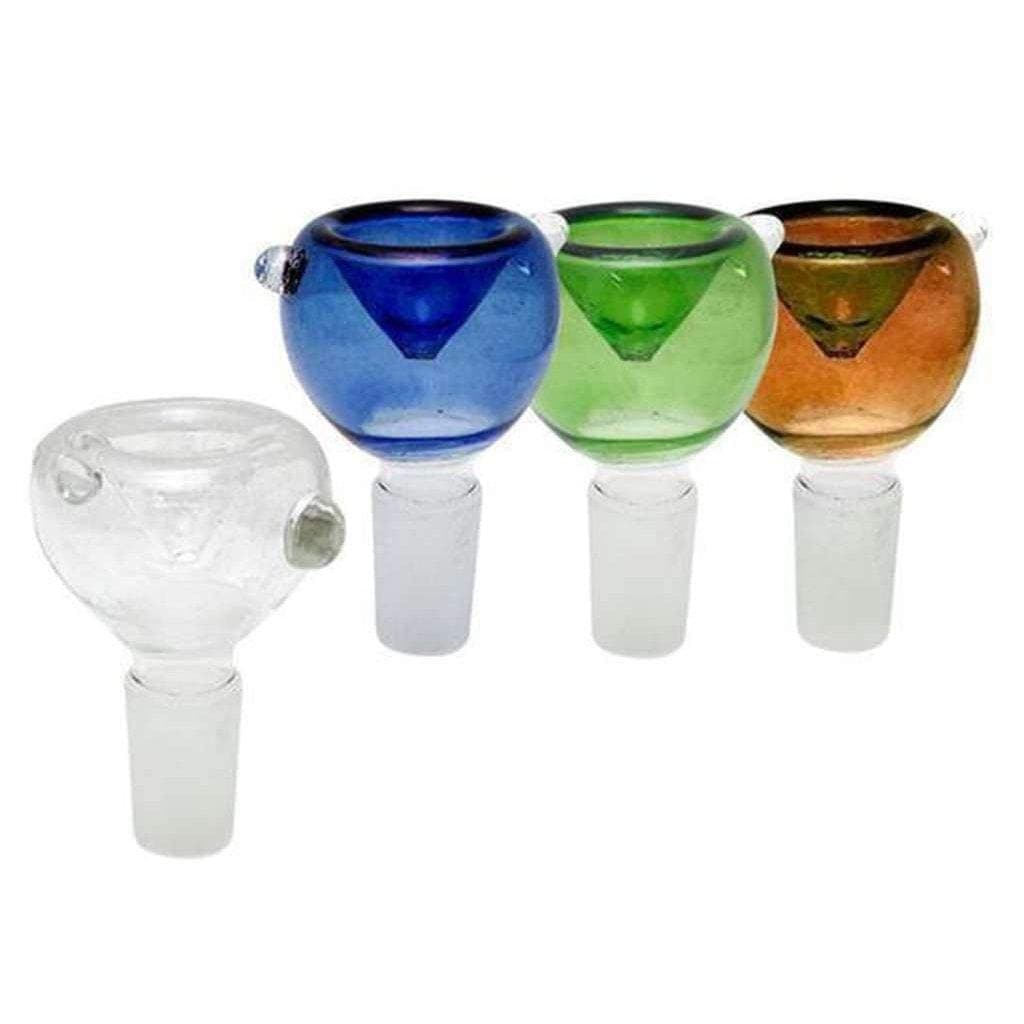Cannabis Culture In Latin America
It is undeniable that cannabis production, engineering and consumption have all developed exponentially over the last decade. Nowadays, people can find endless amounts of strains, as well as a wide variety of products derived from them. If you are fortunate enough to have access to the vast spectrum of medical and recreational marijuana products currently around, then you definitely know that running out of options is not an option. Plump frosty buds, highly condensed extracts, flavorful transparent oils and THC infused edibles, are just some of the tasty treats available at any dispensary or online.
Thanks to major breakthroughs in the fields of research and development, marijuana´s acceptance worldwide has certainly spread at a steady pace. Cannabis legalization has become so relevant that even Washington D.C. has allowed marijuana to be consumed and commercialized locally. Consequently, more states (and countries) are considering to depenalize and perhaps legalize cannabis, reassured by the implementation of proper health and legal policies in the United States and Canada.
Unfortunately, this is not the situation in many places around the world. After more than two decades (and counting) as a heavy marijuana user from South America, I can assure you that the reality regarding cannabis in the region is much darker than in more developed societies.
Born in Caracas, Venezuela during the 80's (the best financial period in our modern history as a nation), I was blessed with the opportunity to travel around the whole continent, as I grew up into the full-fledged stoner I am today. That allowed me to gain a first-hand perspective on the actuality of marijuana in Latin America. A view usually contrary to what misinformed newcomers might expect.
Although Uruguay has fully legalized marijuana and consumption is "allowed" in many countries like Colombia, Argentina, Chile and Peru, most governments in the region still have strict views on cannabis. Brazil and Venezuela have some of the toughest postures against marijuana in the whole continent.
Furthermore, corruption is a malign cancer, which has spread into the vital organs of every enforcement body throughout South and Central America. I've lost count of how many times I have had to make a "contribution" to either police or army officers who had detained me, just because I had a little weed on me (sometimes none at all).
Even if you're as clean as a whistle, some law enforcers will still use any piece of paraphernalia they find against you. I have witnessed personally how they carefreely invade the privacy of others by checking people's phones without consent, let alone a warrant.
know for a fact there have been cases where officers who couldn´t find evidence from a group of young stoners, threatened both men and women with raping them before planting cocaine on their belongings, just to make them cough up some money.
There´s a dark upside to this misconduct though. Having the option to bribe an officer of the law gives you the possibility to avoid emotional (sometimes physical) scars, for the equivalent to a few bucks. Nevertheless, such approach should only be attempted in places where cannabis is illegal like Brazil or Venezuela. Trying to pay off an agent in countries where consumption is tolerated might work too, but there´s a bigger chance of adding attempted bribery charges to what might have been just a small fine.
From the north of Mexico all the way down to the south of Argentina, there is still a big stigma attached to cannabis and corrupt officers use it to extort innocent/naive people. However, this hasn´t prevented local consumers from getting their hands on good quality weed, at more than reasonable prices. Because there are no official government taxes involved in the black market, a gram of decent weed in certain parts of South America could have a retail prize as low as $1.5. It will all depend on the amount you purchase, as well as where you get it from. The more dangerous the place, the cheaper it'll be.
Up until about a decade ago, the only kind of marijuana typically available in the region was what is known as "pressed" ("prensado"). Originally from Paraguay, it is extremely cheap but it can also be harmful, as it may contain additives that make it potentially unhealthy and unsanitary. Tar, bitumen, ammonia, and feces (animal and human) are some of the substances certain harvesters and distributors add to hydraulically-pressed blocks of very low quality cannabis, in order to smuggle them. I grew up literally smoking that shit, but I certainly wouldn´t recommend it to anyone who hasn´t tried it before.
- Prensado is compressed cannabis.
- Prensado tends to be adulterated with contaminates.
Additionally, consumers are now quite knowledgeable and they are getting into cannabis home-growing more than ever before. It is safe to say that cannabis seed retailing has had a great reception too. As a result, there are now independent local distributors with different strains to choose from, at competitive prices. A varied assortment of nugs, only possible by the expanding local marijuana seed market. There´s also an increasing interest regarding cannabis extracts, concentrates and distillates but international regulatory policies make these products scarce and costly. Because of this, smoking flower has become the most common form of marijuana consumption in Latin America.
- (Imported OG Kush)
- (Homegrown Hybrid strains)
- (Homegrown indica nug)
The almighty joint has always been very popular, to a point where it´s socially acceptable to use a paper bag, A.K.A. "cuero" (leather) to roll up if you run out of rolling papers.
The blunt culture does exist but it hasn´t caught up much around here. I personally enjoy blunts a great deal but consumers in Latin countries seem to prefer a more natural approach, without any tobacco. Flavored papers are a favorite throughout the region, except in Brazil where they absolutely love to use cellulose
- (Cherry-flavored Blunt wrap)
- (Peach-flavored Rolling Papers)
- (Clear Cellulose)
On the other hand, pipes have had a recent surge in popularity for different valid reasons. For starters, the need of many to remain stealth when smoking; a small pipe is more conspicuous than a blazing joint. Secondly, pipes have proven to be the best way for consumers to save weed (and money), in places where cannabis consumption is legal like Chile or Argentina and a gram can cost as much as $25. Lastly, packing a bowl is a lot easier and faster than rolling a joint. It only makes sense that a considerable amount of users resort to pipes.
In fact, some even prefer to make their own pipes than rolling a marijuana cigarette themselves. Plastic bottles, tinfoil and metal cans are some of the materials frequently used when crafting these home-made devices.
- (Gravity bong)
- (Steamroller)
- (Shotgun pipe)
More fragile elements like ceramic, clay and wood are used by artisans to create unique pipes. Beautifully handcrafted works of native art that are well-liked as souvenirs and presents.
However, sturdy portable pipes that can endure rough handling are much more popular among regular users. Industrially-manufactured metal hand pipes, bullets and one-hitters are the usual devices people smoke from around here.
Even most bowls in bongs/bubblers found in local smoke shops are made of metal, while the rest of the piece is made of plastic. Glass is generally reserved for importers, collectors and connoisseurs.
A consequence of the preconceived notions authorities have in the region, is that events exclusively related to cannabis are only possible in very few places. On the other hand, currently there are a lot more paraphernalia conventions than there used to be in the past. In fact, I recently attended the very first vaping trade show ever in Venezuela, which is a lot to say for an anti-cannabis government.
Just because there is not a Cannabis Cup nor a Kushtock waiting to happen every week, it doesn´t mean people don´t find ways to get together, have fun and get stoned. Concerts will always be the next best thing to a cannabis convention, especially in Latin America where people have music running through their veins. Getting high is socially acceptable to a large extent and live shows provide a great opportunity to do so.
- (Celebrating at a Futbol Game)
- (Lighting up a joint at a futbol game)
One thing is for sure about social get-togethers and mass events around here: if there´s cannabis, there´s probably alcohol too. Weed and booze go hand in hand for most people in the region, regardless of their nationality.
For those who prefer a more peaceful high, nature is always a great option. Whether you choose to medicate yourself in the forest, the mountain or the beach, Latin America´s geography is full of natural paradises that are ideal for toking up. The following pictures are from just three great smoking spots in Venezuela (two of them in the same town). Imagine the rest of the country, not to mention the rest of the continent.
- (Chorrerón, Venezuela)
- (Roraima, Venezuela)
- (Chuao, Venezuela)
Another popular and even more practical method to get high with friends (or by yourself when you are not in party mode) is the good old classic joyride. Just make sure to keep your windows up and follow a previously verified route. You know, just in case.
Felipe C . Venezuela
Medical & recreational cannabis connoisseur/writer, language professor.








